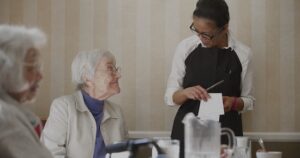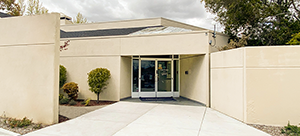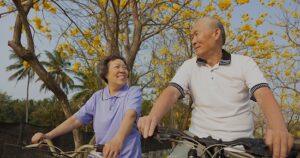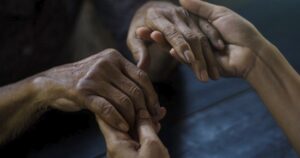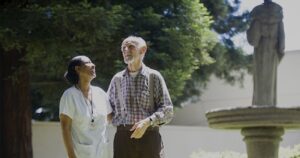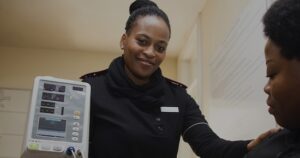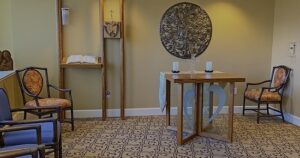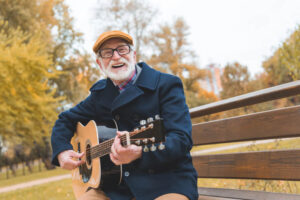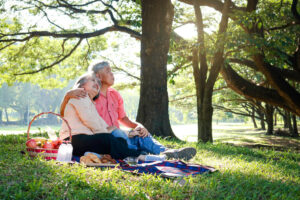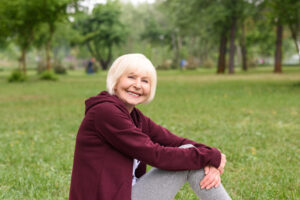Although older adults, caregivers, and children with aging parents can’t completely guarantee their older loved one won’t have an accident in their senior years, being proactive helps. Performing exercises that focus on proprioception, strength, balance, and coordination can significantly reduce the risk of falling or tripping in seniors.
Since older individuals tend to be more unsteady on their feet as they age or lack confidence in certain movements, they are afraid of falling and hurting themselves. The fear, lack of movement, and unsteadiness can all combine to lead to anxiety that creates a self-fulfilling prophecy.
Falls for individuals aged 65 and older are the leading cause of injury and death, so being proactive can help prevent any unwanted accidents that can lead to long-term health issues.
Learning a few fall-prevention balance exercises for seniors can help your loved ones feel more confident doing their everyday tasks. Plus, it provides caregivers and children with better peace of mind that their parents, older friends, and loved ones are safe.
Sit-to-Stand Exercise
The first exercise that is a must-learn is the sit-to-stand exercise. Although this seems like second nature to younger folk, rising to a standing position requires leg strength, proper body mechanics, adequate proprioception, and full-body balance.
Being able to stand easily means that older individuals can quickly go to the bathroom, stand up to go to the kitchen, or prevent falls while getting in and out of chairs, cars, or sofas.
- Sit on a sturdy chair on a flat and non-slippery surface. Place your feet flat on the ground. Make sure to have something stable in front or beside you to hold onto and use as support if needed. Before doing the exercise, check that the chair and the support are stable (e.g., not on wheels, slanted surface, lightweight, etc.).
- Shift your body weight forward. Lean your chest slightly forward over your toes. Squeeze the back of your legs as you rise to a standing position.
- Check behind you to make sure the chair is still stable. Slowly sit down by bending your knees, pushing your hips back, and gently falling back into the chair.
- If required, you can place your hand(s) on the support in front or next to you while getting out of the chair.
- Once you have progressed past three sets of 10 repetitions, you can begin to add resistance for a more significant challenge. To increase the difficulty, hold lightweight dumbbells.
Balance Exercise
This exercise is for older individuals who lack the situational awareness, proprioception, and balance required to prevent falls and avoid tripping over objects. For caregivers and children with older parents, make sure you are with them while they are performing this exercise.
- Stand with feet shoulder-width apart. Position yourself near a steady object, such as a dining room table, kitchen counter, or by the intersection of a wall in the corner of a room.
- Attempt to stand for 10 seconds without losing your balance. If you feel yourself losing balance, grab onto a sturdy object to right yourself.
- Once you can do 10 seconds, aim for upwards of 30 seconds the following week.
- You can make the exercise more challenging by placing your feet together, standing on one foot, or with your eyes closed.
Weight Shifting
Another exercise ideal for building confidence while walking or climbing steps is weight shifting. For those uncomfortable with their balance or apprehensive about the exercise, stand near a sturdy piece of furniture or use a caregiver to add extra security.
- Stand with your feet hip-width apart.
- Shift your weight from your left foot to your right foot with control.
- Repeat the exercise for 30 seconds.
Heel-toe Walk
As you progress to more challenging workouts and your confidence builds with single-leg exercises, consider adding a heel-toe walk to your fall prevention plan. A heel-toe walk helps with single-leg balance and adds proprioception and coordination to your workout.
- Start with your feet directly side by side.
- Step forward by placing your heel of the front foot directly in front of the back foot.
- Walk for 10-20 steps.
Head Rotations
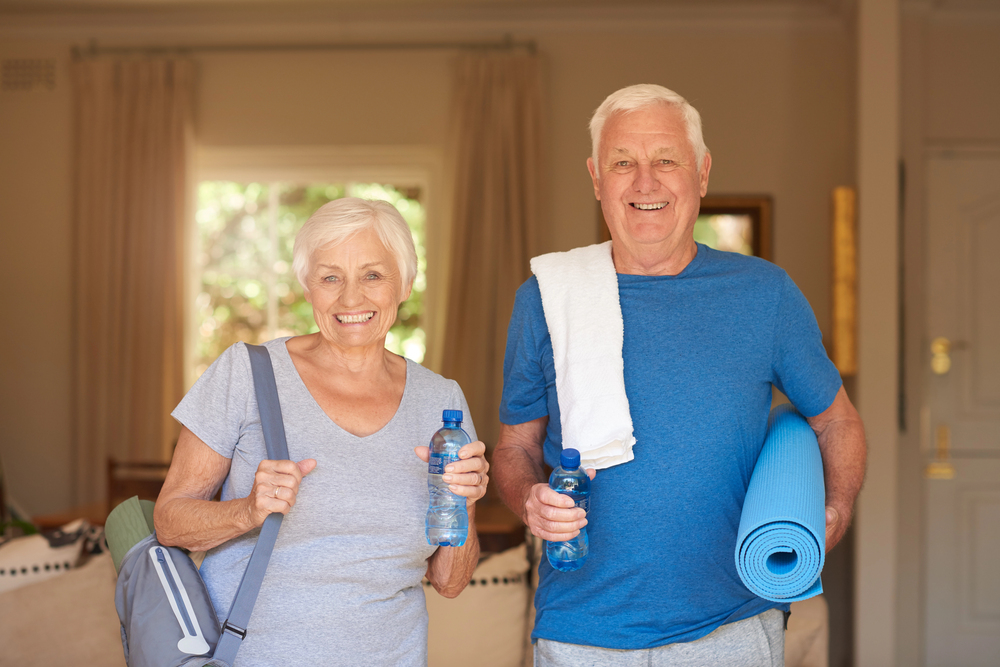
Head rotations are not necessarily a leg exercise but a great way to increase your balance, awareness, and movement capabilities. When walking, you must be aware of what is happening around you to avoid falls and trips. Head rotations can help you understand the closeness of objects in your surroundings.
- Stand with your feet hip-width apart.
- Move your head from side to side while keeping your body still.
- Do this exercise for 30 seconds.
Standing Marches
Standing marches can help build strength, flexibility, and coordination between the upper and lower body. Marches are a great way to increase hip flexor strength, build core strength, and increase functionality for movements like walking up and down stairs, stepping onto higher surfaces, or standing up from sitting in a chair.
- Lift one knee until your thigh is as close to parallel to the floor as possible.
- Keep your torso straight through the movement.
- Slowly return your foot flat to the floor.
- Perform this exercise for 20 reps.
Walking
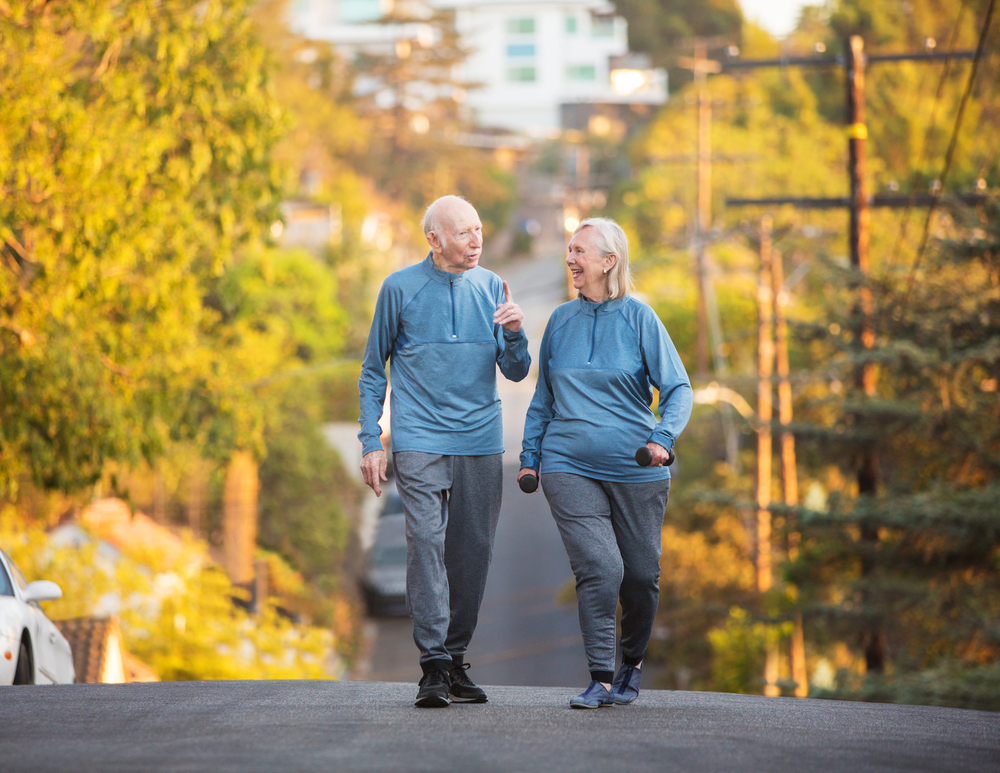
This may sound like common knowledge, but walking is a fantastic way to build endurance, increase confidence in busy surroundings, and increase cardiovascular fitness. It is also a way to stay mobile and active as you age. Finding comfortable places to walk, like flat paths with spots to take breaks, is key to attending daily activities, remaining social, and staying independent.
Put Your Mind at Ease With Elder Care Alliance
If your older parent is having trouble sitting, standing, walking, and doing daily activities by themselves, it could be the right time to look into assisted living. A reputable and professional senior living community will be able to help with daily care, fall prevention exercises, and senior-focused extracurriculars to boost overall physical, social, and emotional health.
With the Elder Care Alliance, we focus on our resident’s well-being, dignity, and self-esteem. Our goal is to treat every person with compassion and create a safe and nurturing environment that focuses on full-body fitness, independence, health, and wellness in every aspect of life.


